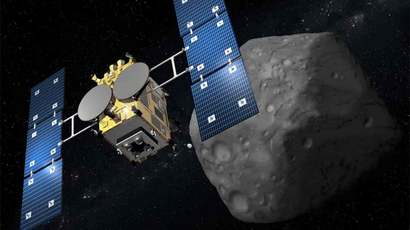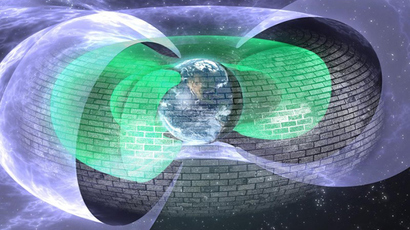Japanese ‘Rosetta’ blasts off on asteroid quest
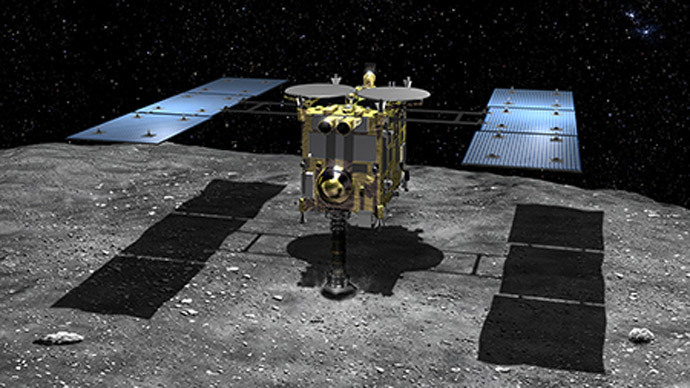
Japan’s Hayabusa-2 probe has sent back its first signals as it begins its six-year quest to land on an asteroid and retrieve rock samples. The explorer’s solar panels are working, providing it with the valuable energy it needs to operate.
The rocket carrying the probe blasted off from the Tanegashima Space Center in southwest Japan, and after about one hour, 50 minutes into its journey, the probe detached from the rocket and entered its initial planned orbit.
“We received the first signal from Hayabusa-2’s probe. Its solar panels opened and now it is receiving all the necessary energy it needs,” a Japanese Space Agency official said.
Layers of icy clouds promising thunderstorms, and later, gusts of wind had pushed the launch first to December 1, then to two days later.
The mission will deliver Hayabusa-2 to the asteroid “1999 JU3” by mid-2018 using ion engines. The rock is thought to contain a higher concentration of organic matters and water, making it ideal for demystifying its origins, establishing a link with the farther reaches of our universe.
Research into 1999 JU3 has revealed that it is a sphere approximately 920 meters in diameter with an albedo on the surface of about 0.06. The asteroid’s rotation period is approximately 7.6 hours.
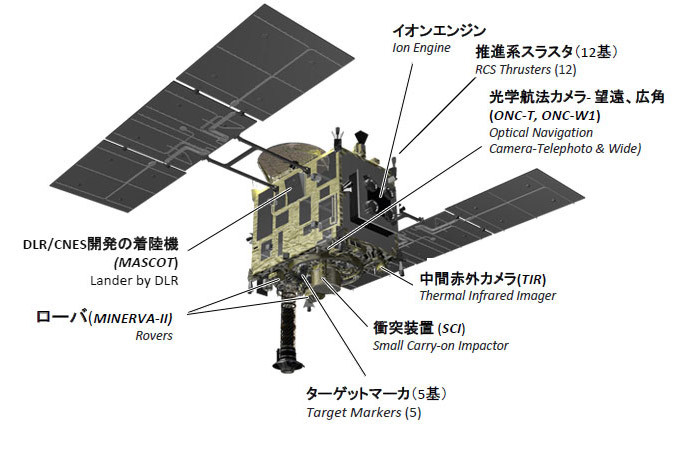
Once within range, the space vessel will orbit the target before detonating a small bomb on its surface.
The probe will land next to the resulting hole, which should be no bigger than a few meters in diameter. Japanese scientists are hoping to extract valuable samples from it, using a special 'sampler horn' to dig for material.
JAXA expects it will be roughly 2020 when the Hayabusa-2 probe returns home. Hayabusa means Falcon in English.
This is the second time the Japanese space agency has tried to undertake this demanding and risky procedure. They actively began exploring asteroids with the first Hayabusa mission, which returned to Earth in June 2010 after exploring a 500-meter-wide rock-rich S-type Itokawa asteroid.
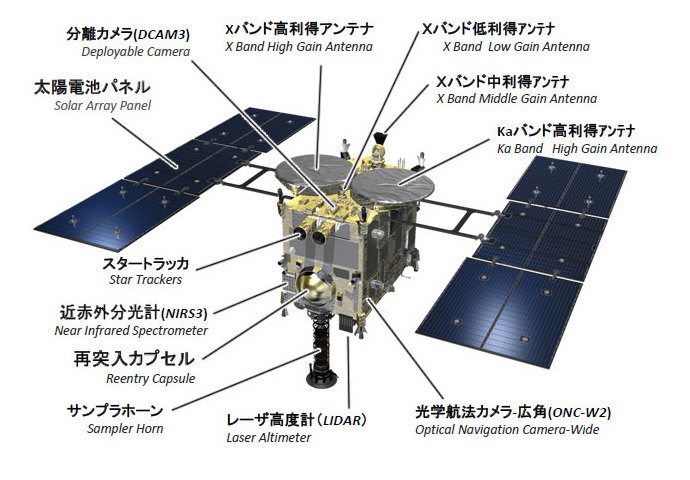
Hayabusa-2 is a successor to the first spacecraft of 2003, which faced a number of technical difficulties, losing the second of its three retraction wheels while about 305 million kilometers (109 million miles) from Earth and only about 7 kilometers from its target.
Then there were problems with the altitude control mechanism, delaying the firing of engines for its return to Earth. But the main issue is thought to be the failure of the firing mechanism, which was supposed to shoot pellets at the rock and swoop up the agitated dust.
The first mission brought back mixed results, carrying only a tiny amount of dust back to Earth. The new mission has had some redesigning work being done and JAXA scientists say they are confident this time around.













